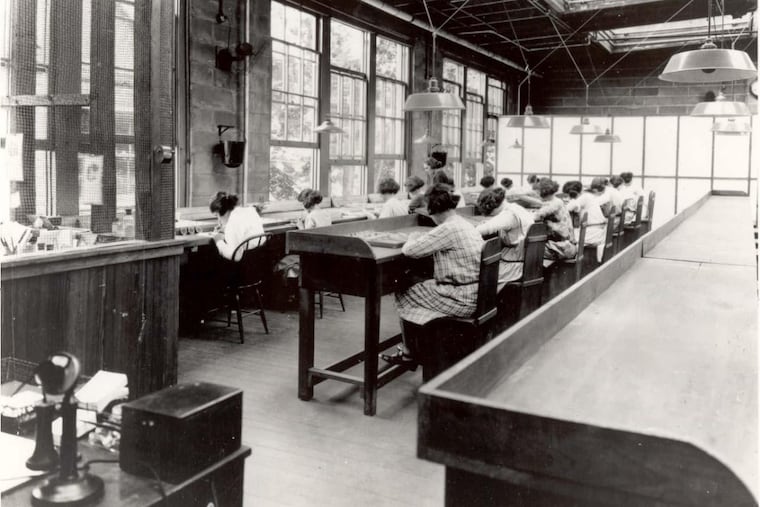Medical mystery: Dental pain that grew agonizing, then deadly
Doctors did not know what was causing such terrifying symptoms in the young woman. Then a coworker started having similar experiences.

Doctors did not know what was causing such terrifying symptoms in the young woman. Then a coworker started having similar experiences.
